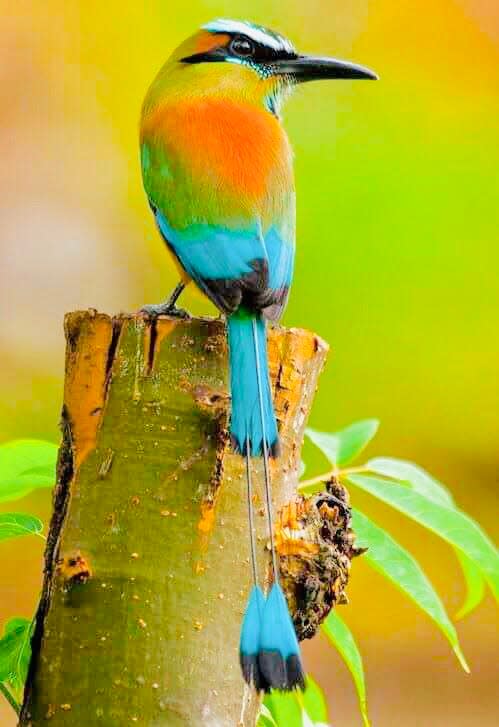Are birds mammals? Here are the distinct features that classify the feathered animals.
National Geographic estimates there are between 50 billion and 430 billion birds populating the planet, outnumbering humans by up to approximately 50 times. Spread across 9,700 species, according to the Proceedings of the Natural Academy of Sciences, it's a challenge to spend a day outside without encountering dozens or even hundreds of them.
It's difficult to consider birds similar enough to humans or dogs to think of them as mammals, though. So, are birds mammals? If not, what are they?

Are birds mammals?
No, birds are not mammals. Rather, they are avians. Mammals are characterized by their milk glands, hair, vertebrae and their birthing of live young (being viviparous), according to Britannica. Additionally, mammals are warm-blooded, says WorldAtlas.
Similar to mammals, birds “are warm-blooded, breathe air, and possess vertebrae” as noted by AZ Animals. A key difference between the avian bird and mammals is the birthing process: birds lay eggs. Mammals nearly exclusively birth live young, with some exceptions, including platypuses.
Birds also possess feathers, rather than mammalian hair. AZ Animals says although some birds may have hair bristles on or around their head, they are feathered animals.
While mammals feed their young milk from their mammary glands, birds possess no such gland, WorldAtlas explains. According to AZ Animals, “no bird nurses its young with milk the way mammals do.”
What bird is this?: These five species are the most likely to be at your feeder
What are avians?
Avians, the species encompassing birds, are primarily distinguishable by the presence of feathers, says Britannica. With an underdeveloped sense of smell and limited sense of hearing, the sense they rely on most is their sight. They predominantly navigate their environment via flight and perching.
Not all avians fly, though; ostriches, at nine feet tall, and emus are notable flightless birds, despite having wings.
Examples of other avians
Ducks are birds. Therefore they are avians and not mammals, says learnbirdwatching.com.
Chickens are also avians, not mammals.
The warm-blooded, feathered loveable penguins are avians, not mammals, despite their flightless nature.
Owls, both barn and typical, are included in the avian order and are not mammals, according to encyclopedia.com.
How do birds stay warm?: Here's what the animals do in cold temperatures
Just Curious for more? We've got you covered
USA TODAY is exploring the questions you and others ask every day. From "Do fish sleep?" to "Is alcohol a depressant?" to "How many Shrek movies are there?", we're striving to find answers to the most common questions you ask every day. Head to our Just Curious section to see what else we can answer for you.
This article originally appeared on USA TODAY: Are birds mammals? Everything you need to know about avians.
